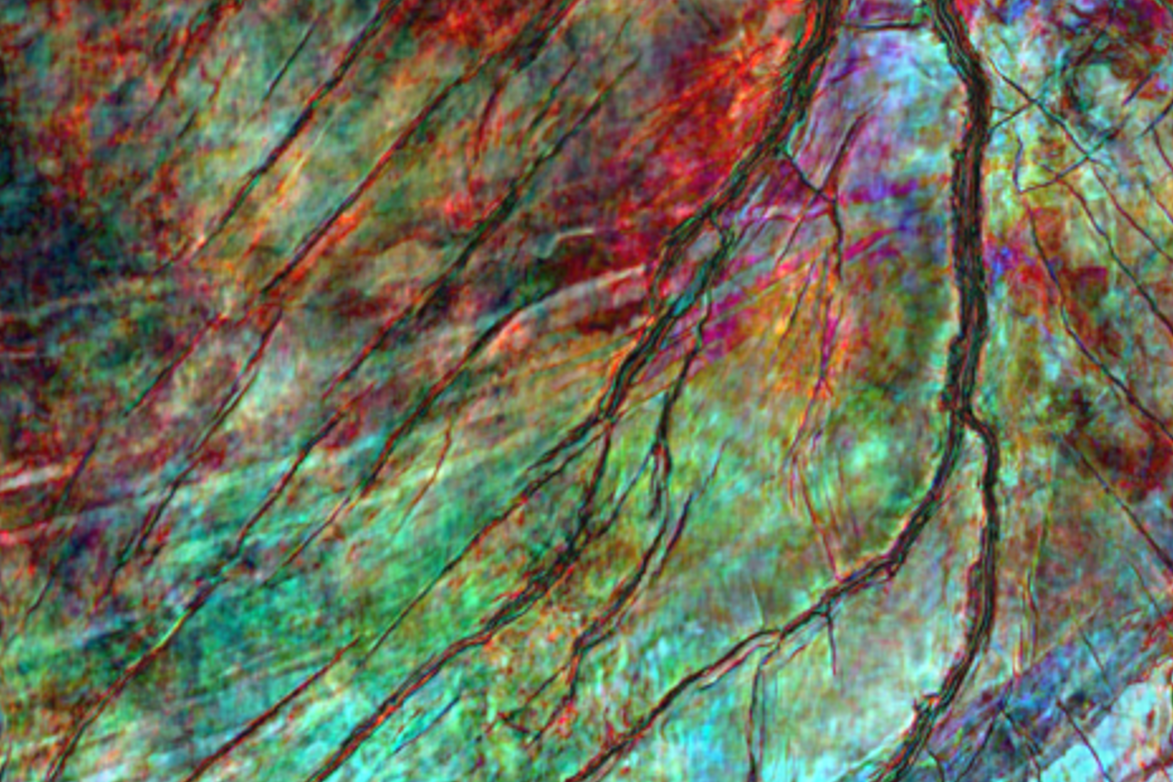Systematic exploration for smaller volumes can still pay off. A perfect example of this is the perseverance with which Equinor and partners DNO, Idemitsu, Neptune, Petoro, Vår Energi and Wellesley keep on exploring and discovering additional near-infrastructure barrels in the Fram and North of Troll area (FANTA) in the Norwegian North Sea.
Based on this success, GeoPublishing and Wittemann E&P Consulting have collectively decided that Equinor is the Explorer of the Year 2021.
Many small ones make a giant
As Tom Dreyer – Exploration Manager for the Troll area at Equinor – said at a conference in 2021, even the discovery of 5 MMboe near infrastructure may already worth developing.
Over the course of a couple of years, the company and partners have proven over 265 MMboe of recoverable resources, distributed over five discoveries (Echino South – 83 MMboe, Swisher – 23 MMboe, Røver North – 41 MMboe, Blasto – 92 MMboe and Toppand – 26 MMboe).
Even when this type of exploration is mostly rubberstamped as “infrastructure-driven”, with its associated tone of being slightly boring, it is important to stress that both new technology and challenging old geological concepts are behind this successful campaign.

Challenging old concepts
The Røver North discovery, announced February 2021, is an example of challenging old concepts. Situated in a previously underexplored part of the Lomre Terrace, the main perceived risk for the area was a lack of hydrocarbon migration. The model was that hydrocarbons migrated either through the Oseberg area or via Fram. So, with 31/1-2S proving a 32-52 MMboe (recoverable) accumulation in what was previously thought of as a migration shadow, a new area has now opened up on the back of this success.
Technology
A discovery where technology played a key-role is the 64-118 MMboe Blasto find that was announced in March 2021. 4D seismic data acquired to monitor fluid migration in the Troll field enabled the team to also identify some changes in the immediate surroundings of the field. One of those impedance changes could subsequently be used to de-risk the Blasto prospect, which formed an important driver to drill the 31/2-22S discovery well.
Toppand
The most recent addition to the FANTA success story is Toppand. This faulted horst block at Brent level is clearly visible on the seismic line below, which also shows the first of the current series of discoveries – Echino South. The Toppand discovery well, 35/10-7S, proved a 75 m column in the Ness and Etive formations and with the drilling of side-track 35/10-7A the Equinor-Wellesley partnership considers the discovery fully appraised and ready for development.
With recoverable reserves for Toppand being estimated to lie between 21 and 33 MMboe, the recovery factor for the discovery is probably in the conservative side given that Wellesley reported an in-place volume of between 51 and 96 MMboe.

Dry wells
It is not always hunky dory in the FANTA area though. The Apodida prospect drilled last year turned out dry, as well as the Echino South 35/11-23A side-track that found water-wet Sognefjord Fm sands.
And, whilst the 4D signal helped de-risk the main target in Blasto, a similar geophysical response in the neighbouring block that was drilled by the 31/2-8A well turned out to be dry, which demonstrates the non-uniqueness of seismic data interpretation. Imagine a situation where the A well was drilled first, what would have happened to the S well in that case?
The Brent comes to live
Part of the exploration efforts in the FANTA area is the study of the Brent depositional system. This is mainly because the architecture of this Middle Jurassic delta system changes throughout the area, with the associated opportunities and risks in terms of reservoir presence. For instance, where the Oseberg Fm is very well developed as a major fan delta that radiates from the Horda Platform, the Rannoch Fm is absent in Røver North.
With the advance of seismic imaging techniques and higher resolution acquisition, the ability to map the Brent delta architecture has increased dramatically over the years. The spectral decomposition time slice below – which is kindly provided by Equinor – pictures some of the beach ridges interpreted to be part of the Etive Fm. Distributary channels of the Ness – which may well form an upside in some blocks – are trending perpendicular to that. It is a spectacular example of how sedimentary systems can be mapped these days.

The way ahead
With five discoveries to date, the end is not yet in sight and Equinor and partners are very much still exploring the FANTA area. In 2022, two more wells are planned: one targeting the Kveikje prospect in PL293B and the other on Røver South in PL923. For 2023, the company plans to drill three to five more wells in the area, but given the alignments to be made with various partners it is too early to be more concrete on locations/licences.
Deserves recognition
2021 resulted in a couple of interesting discoveries on the Norwegian Continental Shelf. The Dvalin North find by Wintershall Dea in the Norwegian Sea is worth a mention because of its potential size (62-136 MMboe), as well as the King/Prince discovery (65-98 MMboe) made by Vår Energi in the North Sea. However, the systematic way in which the FANTA area continues to be successfully explored deserves recognition. For this reason, GeoPublishing and Wittemann E&P Consulting have chosen to crown Equinor as the Explorer of the Year 2021.
HENK KOMBRINK




